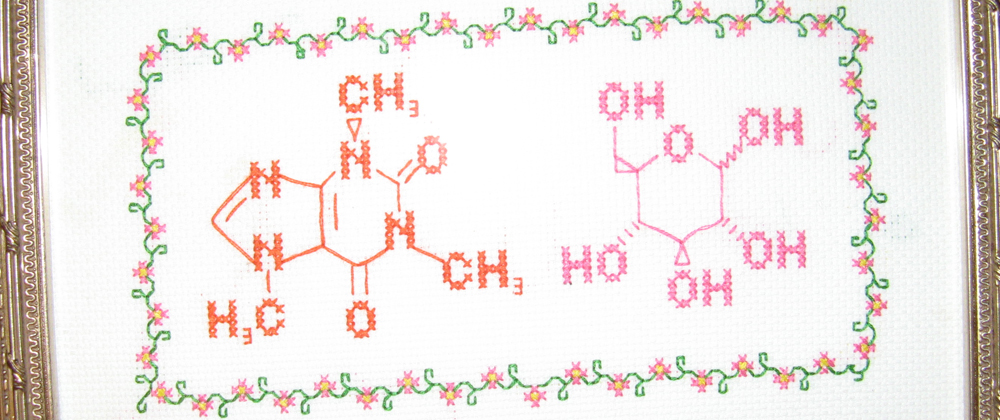Last week, I got a really nice email, and a request, from a reader. She wrote:
I am a high school senior and an avid follower of your blog. I am almost definitely going to pursue science in college – either chemistry, physics, or engineering; I haven’t quite decided yet! I am the editor of my school’s newspaper, and I frequently write about science topics; I find science journalism interesting and possibly will pursue it as a career.
I’m writing because this spring, 32 physics students from my high school will hopefully be taking a trip to the Large Hadron Collider at CERN in Geneva. We are extremely excited to make the trip, as it will allow us to glimpse some of the most groundbreaking physics research in the world. Twenty-two of the 32 students going are girls, and we are all involved with the physics department at our school. Women are overwhelmingly outnumbered in the science classes at my school, especially the tougher Advanced Placement classes; thus, taking this trip with a majority of women feels like a triumph.
My correspondent is, this year, the president of her high school’s science club, which is affectionately called “BACON: the best All-around Club of Nerds”. If you look at the BACON website, you will see that they do some pretty neat stuff. They field a bunch of teams for competitions like the Science Olympiad, Zero Robotics, and the Spirit of Innovation Challenge. And, they launch weather balloons to capture video and still photographs in a near space environment, have a day of launching model rockets and flying model airplanes, and have created a giant tank of ooblek to run across.
Basically, the kind of science-y stuff that might make high school not just tolerable but fun, which I think is a pretty big deal.
Here’s where we get to the request.
The planned high school trip bringing the 32 students from Virginia to CERN will be exciting, but expensive. So, as students have come to do for pretty much every field trip, the BACON members are doing some fundraising. Here’s their fundraising page, from which we learn:
As we speak, scientists at CERN are conducting groundbreaking research and rewriting the science textbooks for future generations. It is imperative that our students gain an interest and understanding in such endeavors. A two-day tour of CERN will surely aid in our students’ comprehension of particle physics, the study of the mechanisms and interactions that underlie all chemical, biological, and cosmological processes. But more importantly, through exposure to the leading edge of physics research, this trip is intended to excite students about scientific progress and demonstrate the power of experimentation and collaboration outside of the classroom. …
We need money to cover the cost of travel, lodging, food, and tours. Specifically, the cost breakdown per student is as follows: $1000 for travel; $300 for meals; $300 for lodging; $100 for tours and exhibits. Thirty-two students are scheduled to attend, and without fundraising the total cost is $1700 per student. Unfortunately, not all students can afford this. Any donations are welcome to lower the per-student cost and facilitate this trip for all who want to go!
For donations of various sizes, they are offering perks ranging from thank you cards and pictures of the trip, to signed T-shirts, to something special from the CERN gift shop, to a video to thank you posted on YouTube.
If you want to help but can spare the cash for a monetary donation, you may still be able to help these plucky science students make their CERN trip a reality:
Tell your friends! Share this link with others: indiegogo.com/baconatcern. There are also other ways to help us besides monetary donations. Do you have any objects, gift certificates, coupons, or other items you could donate for a raffle? Do you have an idea for a fundraising event we could host? If you want to get involved, please email us: chsbacon@gmail.com. We are really looking forward to this amazing opportunity, and we appreciate any help you can provide. Thank you!
I know I’m looking forward to living vicariously through this group (since no doubt I’ll be grading mountains of papers when they’re scheduled to tour the LHC). If you want to pay some science enthusiasm forward to the next generation, here’s one way to do it.
Meanwhile, I will inquire about whether the BACONite can share some highlights of their trip (and their preparations for it) here.















